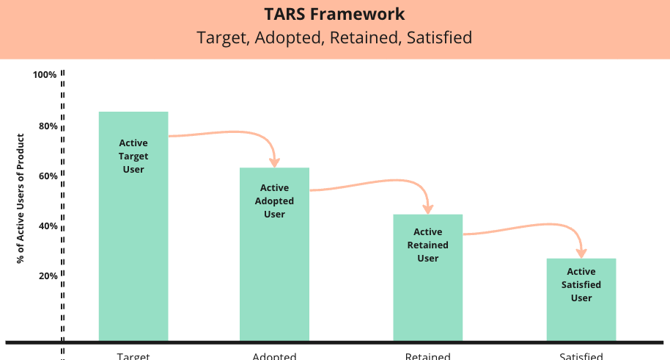Medium
1M
402

Image Credit: Medium
TARS — How to execute and evaluate a feature strategy
- TARS framework is beneficial for product managers to improve collaboration with teams and develop impactful products.
- The TARS framework operates in five steps allowing a thorough evaluation of all aspects of a new feature.
- Addressing adoption issues can often be solved by narrowing down the target audience, enhancing communication, and simplifying the user interface by eliminating dead ends.
- Friction reduction plays a vital role in improving adoption rates through automation for recurring tasks, value demonstration, and rewards.
- High adoption rates don’t necessarily indicate user satisfaction or value creation.
- CES measurements emphasis retained users, data collection within the product itself, and sampling a representative population to estimate overall user satisfaction.
- Features fall into three distinct categories, hidden detractors, core value drivers, and niche features, and require careful evaluation based on maintenance costs.
- S/T Score (Satisfied to Target Score) measures feature effectiveness by calculating the ratio of satisfied users to the target audience for existing and newly implemented features.
- Start the implementation of the TARS framework by focusing on the main features first and proceeding to analyze the supporting features.
- Understanding the main features will ensure resources are allocated effectively and products remain aligned with user needs.
Read Full Article
24 Likes
For uninterrupted reading, download the app